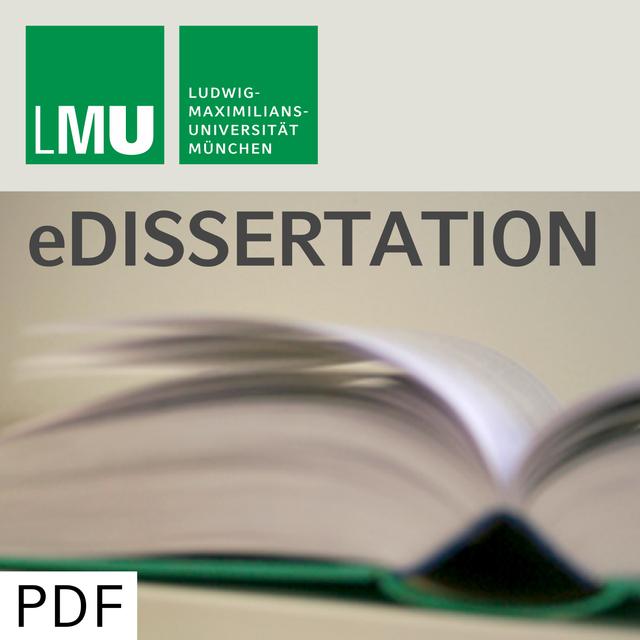
The Effect of Iron Overload on the Long-term Toxicological Effects of Fumonisin B1 in Rat Liver
Jul 19, 20020
Episode description
The long-term toxicological effects of hepatic iron overload on the cancer initiating and promoting properties of fumonisin B1 (FB1) were investigated in male Fisher 344 rats. An initial pilot (dose response) study over 15 weeks was performed to determine a level of dietary iron that achieves a high hepatic iron concentration in the absence of significant side effects, to be used in the subsequent long-term carcinogenesis study with FB1. Doses of 1%, 1.5% and 2% dietary carbonyl iron (Fe) were used for 10 weeks, followed by a level of 0.5% Fe for another 5 weeks. After 10 weeks of feeding 1% Fe, the hepatic iron level was 30-fold that of controls. Following the reduction in dietary iron to 0.5%, the hepatic iron level was maintained and side effects were minimal. Irrespective the dose of iron, the iron deposition was initially confined to zone 1 (periportal region), but with increased iron loading, extended to zone 2 (mid-zonal region) and zone 3 (perivenular region). Iron overload was shown to increase hepatocellular proliferation as seen in labelling of cells with 5-bromo-2’-deoxy-uridine (BrdU). Lipid peroxidation, measured as MDA, was also significantly enhanced by excess iron and levels correlated the iron dosage.
In the long-term study, half of the rats were submitted to an iron-loading regimen with 1% Fe for 10 weeks, while the other half received the powdered AIN-93M diet only. The iron was then reduced to 0.5%; the rats were divided into four treatment groups: FB1/Fe (n=15); Fe (n=14); FB1/AIN (n=15); and control group (n=15), respectively. FB1 was fed at 250 mg/kg AIN-93M diet for 5 weeks, followed by 100 mg/kg for 20 weeks. The effect of iron on FB1-induced initiation and promotion was assessed in 5 rats from each group at week 35. FB1 was removed from the diet of the remaining rats but iron supplementation continued for 25 weeks. The rats were terminated and the effect of dietary iron on the progression phase of FB1-induced carcinogenesis was assessed.
The feed intake of rats from the Fe group (weeks 4-10), and FB1/Fe and FB1/AIN groups (weeks 10-60) was measured daily and the other groups were given averaged feeding accordingly; thus, the total body weight gain (tBWG) gain did not differ significantly between groups. Excess iron significantly increased the liver to body weight (LW/BW) ratio; however, iron could not counteract the mitoinhibitory effect of FB1 on hepatocyte proliferation and the LW/BW ratio of the FB1/Fe group was significantly lower than the Fe group.
During the 25-week FB1-treatment period, more foci and nodules of dysplastic cells developed in the FB1/Fe group than in the FB1/AIN group. After removal of FB1, the number of nodules remained constant in the FB1/Fe group, while increasing in the FB1/AIN group. Initially, the pattern of iron deposition was the same as in the pilot study. Hepatocyte necrosis caused by FB1 then resulted in a shift of iron from hepatocytes to Kupffer cells and portal tract macrophages. FB1/Fe resulted in increased hepatocellular proliferation as demonstrated by increased BrdU labelling at 35 weeks. The withdrawal of FB1 reversed this effect and the index of BrdU labelling decreased to even lower levels than the Fe and FB1/AIN groups. Hepatic iron was almost 9-fold that of controls at 10 weeks; a significant increase in the hepatic iron levels in the FB1/Fe group was noticed as compared to all other groups. However, after removing FB1, the hepatic iron decreased to the same level as seen in the Fe group. During the FB1 treatment period, MDA increased in the FB1/Fe group to levels significantly higher than in the FB1/AIN and control groups.
The present study suggests a dual role of iron overload in cancer development during FB1-induced carcinogenesis. During the cancer initiation/promotion phase, iron overload in combination with FB1 enhanced the susceptibility of the liver to the formation of foci and nodules; but after removal of FB1, continued supplementation of iron impaired the progression of pre-neoplastic hepatic lesions.
For the best experience, listen in Metacast app for iOS or Android
Open in Metacast